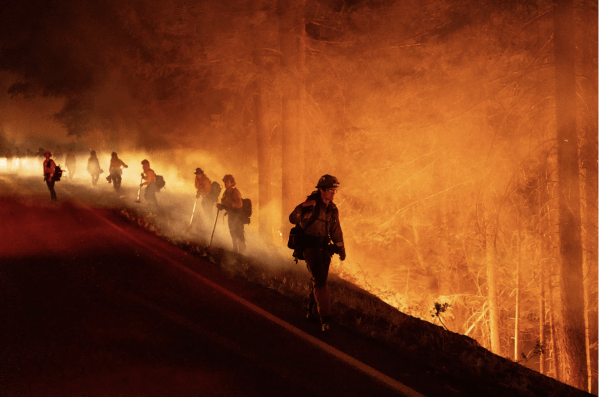The New York Times: 'Understanding the New Era of Fire'
Assistant Research Professor Amy Pickens explains that wildfires are becoming more frequent partly as a result of climate and human activity, especially agriculture.
Seeing wildfires rage around the world feels a lot like watching climate change unfold. Fires have a way of making heat, an often invisible threat, intensely vivid.
It’s no coincidence, then, that the 13 consecutive months of new global heat records continue to fuel extraordinary wildfires all over the planet.
...
Climate is Not the Only Factor
In any year, the unfortunate truth is that many fires that wreak havoc in forests are set by people. That’s almost always the case in the tropics, where farmers typically set fires to burn old pasture and foster new crops. Those fires can get out of control.
But other kinds of human activity can also influence fire. The presence of roads around a forest can increase the likelihood of ignition and, subsequently, major wildfires. As my colleagues Ian Austen and Vjosa Isai have shown, some types of logging can make forests more vulnerable to wildfires in Canada, too.
Our food system can make fires more likely, as well. In wetlands, agricultural activity can increase sedimentation, block streams, change water flow patterns and make parts of ecosystems more vulnerable to fires, Amy Pickens, an assistant research professor at the University of Maryland who monitors land cover, told me.
But identifying larger fire trends can be tricky. Pickens said that accounting for both the climate variables and more direct human factors makes it harder to draw patterns across the world.
“It is a mixture of natural and human causes,” she said.
Main image: A firefighting crew near Chico, Calif., where the Park fire was burning on Monday.Credit...Loren Elliott for The New York Times.
Published on Fri, 08/02/2024 - 13:06


